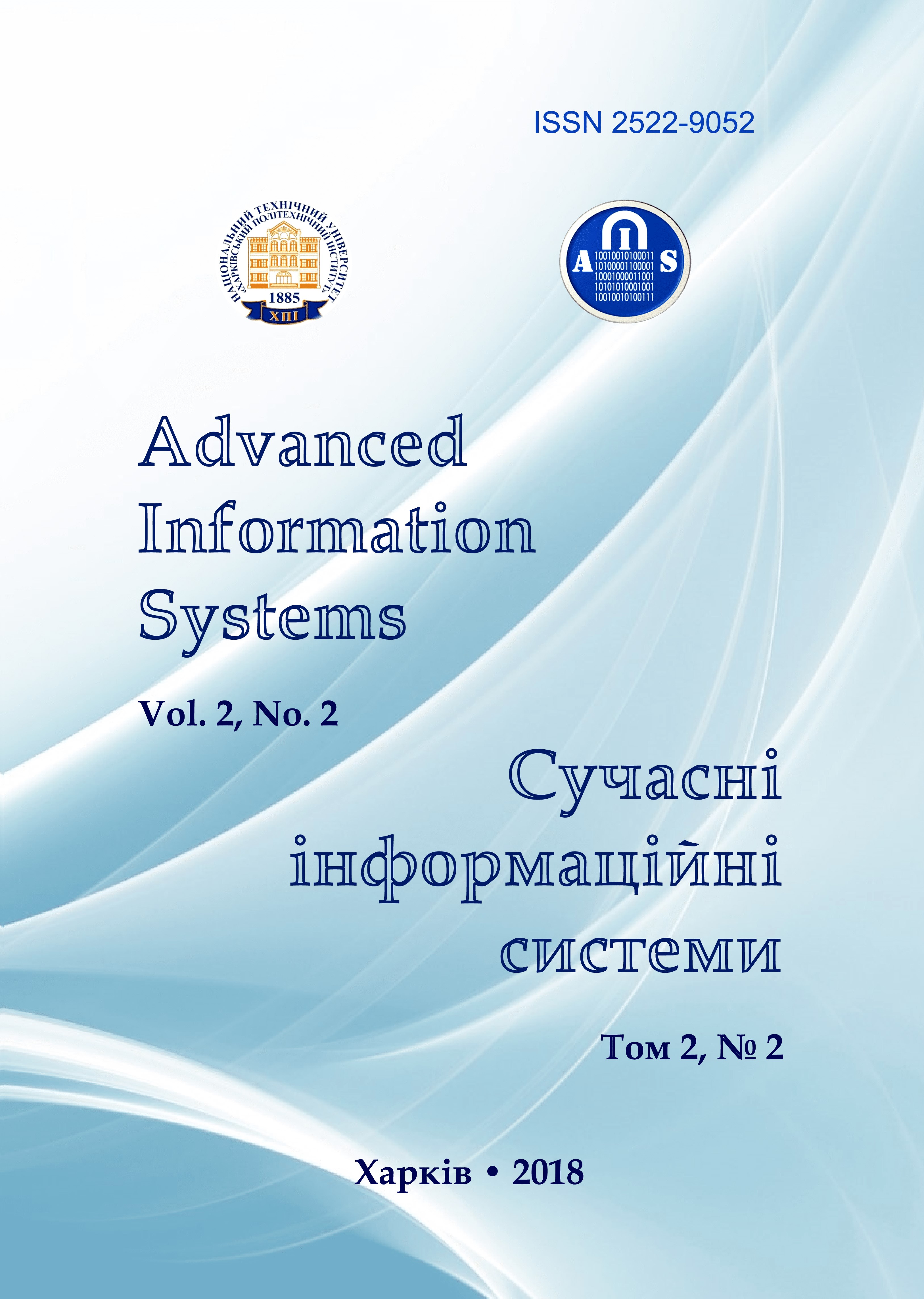Intelligent system of the railway dangerous land control
Main Article Content
Abstract
Topicality. Railway transport is one of the most important objects of critical infrastructure of Ukraine and in order to ensure its safety it is necessary to improve the system of safety management of trains by introducing modern computer information technologies and tools. One of these ways is the use of an intelligent system for monitoring the condition of dangerous sections of the railroad, in particular at railway crossings. The solution to this problem becomes even more urgent in the event that the mobile network is overloaded and the driver loses contact with the video surveillance camera on the move, resulting in the inability to observe the state of migration. The article proposes the use of an intelligent system for monitoring the condition of railway dangerous sections, in particular on the railway crossing. We discuss the description of the work and architecture of convolutional neural networks that are used in this system. Results. The optimized architecture of the neural network is proposed for solving the problem of identifying dangerous situations on the railroad. The recommendations for setting up variable parameters during construction and training of the convolutional neural network are given. The results of testing the work of the network are given when recognizing the free path and in the presence of a critical situation in different conditions. Conclusions. The intelligent system for controlling the state of dangerous sections of the railway has been further developed, which differs from the known use of optimized architecture to reduce the processing time of images, which allowed to improve the accuracy and efficiency of the recognition of situations in the images and, consequently, increase the safety level of rail transport in different dangerous areas.
Article Details
References
Biryukov, D.S., Kondratov, S.I., Nasvit, O.I. and Sukhodolya O.M. (2015), Green Book on Critical Infrastructure Protection in Ukraine, National Institute for Strategic Studies, Kyiv, 30 p.
The Verkhovna Rada of Ukraine. Orders, available at : http://zakon3.rada.gov.ua/laws/show/z0729-11 (last accessed March 7, 2018).
The Verkhovna Rada of Ukraine. Regulations, available at : http://zakon3.rada.gov.ua /laws/show/1390-2009-%D0%BF (last accessed March 7, 2018).
News of YuzhD, available at : http://gortransport.kharkov.ua/news/4013 (last accessed March 07, 2018).
Southern Railway, available at : http://www.pz.gov.ua (last accessed March 07, 2018).
Unian. Road accident, available at : https://economics.unian.net/transport/874848 (last accessed March 07, 2018).
TSN. Death at railway crossings, https://ru.tsn.ua/ukrayina/smert-na-zheleznodorozhnyh-pereezdah (last accessed March 7, 2018).
CARS, available at : https://www.cars.ru/articles/first-hand/21268656 (last accessed March 7, 2018).
LeCun, Y., Denker, J.S., Solla, S., Howard, R.E. and Jackel, L.D. (1990), Optimal Brain Damage, Advances in Neural Infor-mation Processing Systems.
Marc'Aurelio R., Christopher, Poultney, Sumit, Chopra and Yann, LeCun (2006), “Efficient Learning of Sparse Representa-tions with an Energy-Based Model”, Advances in Neural Information Processing Systems, MIT Press.
LeCun, Y. and Bengio, Y. (1995), “Convolutional Networks for Images, Speech, and Time-Series”, The Handbook of Brain Theory and Neural Networks, MIT Press.
Nielsen, M. (2017), Neural Networks and Deep Learning, available at :
http://neuralnetworksanddeeplearning.com/chap2.html (last accessed March 07, 2018).
Goodfellow, I., Bengio, Y. and Courville A. (2017), Deep Learning, available at :
http://www.deeplearningbook.org/front_matter.pdf (last accessed March 07, 2018).
Nair, V. and Hinton, G.E. (2010), “Rectified Linear Units Improve Restricted Boltzmann Machines”, Proceedings of the 27Th International Conference on Machine Learning, Haifa, Israel, pp. 1-8.
Le Cun, Y., Bottou, L., Orr, G. and Muller K. (1998), “Efficient BackProp”, Neural Networks: tricks of the trade, 44 p.
